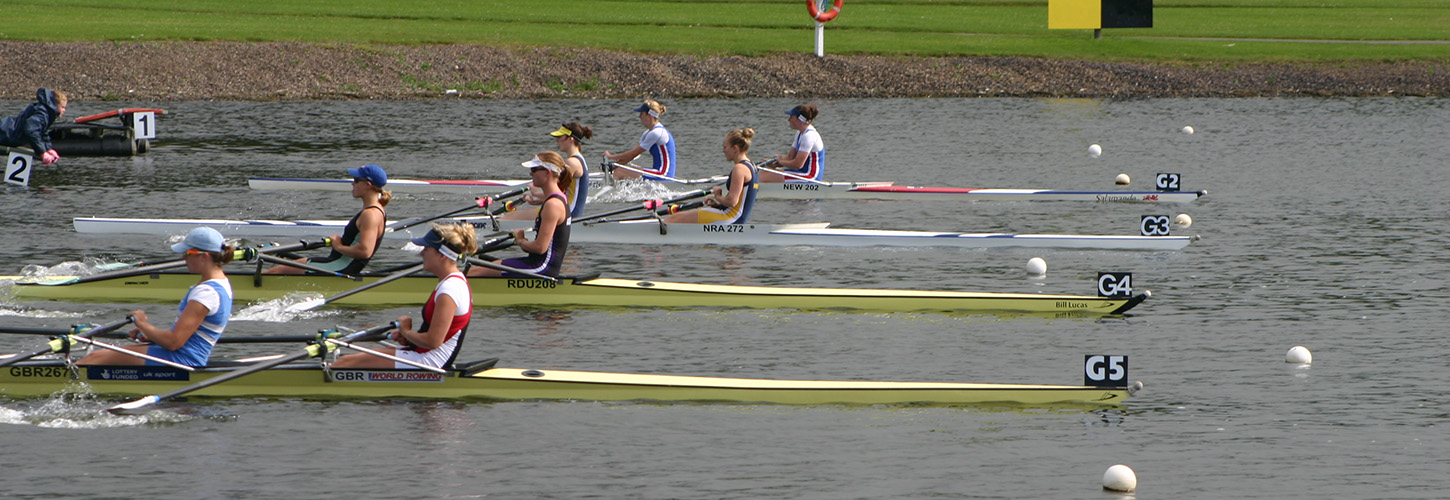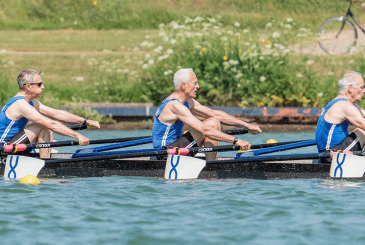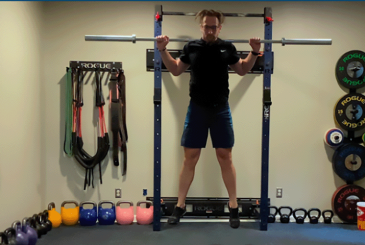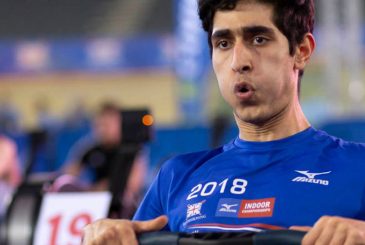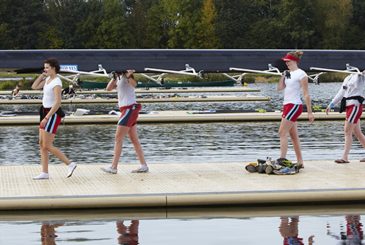Learn what your body goes through in a 2k race to understand why pacing is vital to optimise your overall race time
Racing is all about lasting the distance. If you search the literature, the 2km race is described as ~80% aerobic and ~20% anaerobic so this gives you some idea where your training energies need to be focused. This also explains why most rowing programmes centre on aerobic adaptations from long, slow, steady state or shorter, harder intensity interval type sessions – the two classical approaches to increasing
aerobic capacity.
Let’s start with some basic understanding of muscle contractions and how they relate to metabolic pathways of energy transfer. Imagine that for every muscle contraction there is a financial cost – cash – which has to be spent in the ‘contraction shop’. Your body has four ways of meeting that cost. The absolute determining factor that underpins racing and pacing is the rate at which you spend your ‘cash’. The quicker you spend it – the harder or faster the muscle contraction – the quicker it runs out. You have a small amount of cash in your pocket which you can spend immediately and if you choose to spend it at a maximum rate it will last you for two to three seconds. No matter how hard you try and whatever training you do, this amount never really changes. However, imagine that in your body there are also three cashpoints, on top of the cash in your pocket, and you can send workers out to get cash to fund your spending sprees.
- The first is the bank of ‘replenishment of phosphocreatine’ (PCr) conveniently located around the corner from the contraction shop. However, this bank has a limited amount of cash – 10-20 seconds at a maximum rate of spending.
- The next nearest is the bank of glycolysis (burning carbohydrates with or without oxygen) which is slightly further away but has a larger supply of cash. The most direct road back (anaerobic glycolysis) from this bank is rough and goes through a dodgy neighbourhood. Roads through this neighbourhood attract some unwanted attention of individuals who will stop you from spending your cash. To you and me these unwanted individuals are lactic acid and we’ve all felt their presence. This will last 30-90 seconds before the by-products of lactic acid accumulation start inhibiting muscle function.
- There is an alternative safer road back from the bank of glycolysis. The aerobic road is a nice smooth and safe surface, it will take you longer (aerobic glycolysis) but can fund your spending for up to 90 minutes.
For any racing you do, or contractions you perform, your workers are visiting the various banks, constantly looking to balance or maximise the rate at which you can spend your cash. There is one positive: none of these cashpoints charge you to use them.

Physiologically it is difficult to analyse exactly what system you have to use for any given effort. The energy system that people are most familiar with is glycolysis which can be painful because of its association with lactate accumulation.
In the lab we can measure markers of your capacity to produce energy from the different systems. VO2 max – maximal oxygen uptake – provides an indication of your aerobic capacities; maximum lactate accumulation provides some indication of your anaerobic abilities.
Figure 1 shows the power output (blue line) for an openweight man during his 2km ergo. The red line is the %VO2 max he sustains to produce this power. You can see he’s pretty much at maximum capacity from 300m for the duration of the test. You can also see from the graph that phosphocreatine and anaerobic glycolysis with lactate production get him off the start and to somewhere around 250-500m. By 500m aerobic glycolysis has largely taken over and this supports the rower through the majority of the race. Inside the final 250m, if he can, he returns to the maximal effort produced through anaerobic glycolysis and as a consequence suffers from lactate acid build up.
On race day there is always room for more due to adrenalin and psychology
When you do your own 2k, the various systems plus your perception of the effort will be providing you with constant feedback on your status. This is where tactics play an important part. Maintain the anaerobic glycolytic effort for too long early in the race and the build-up of lactate acid will inhibit your muscle contractions and so slow you down. This will mean you will not last the race, or you’ll have to limp home by reducing your power output. Equally, you want to finish the race knowing that you have exhausted all your energy systems, particularly the local ones for as much energy as possibly. Practise these aspects in training and you’ll get a feel for how hard you can push yourself off the start and how hard you can actually go. On race day there is always room for a little more due to adrenalin and psychology.
In the head season, when the race duration lengthens so your tactics will need to change – as will the energy systems you recruit. While it is less important to get off the start as quickly as possible, sustaining the highest percentage of your maximum aerobic abilities over the longer distance is more important. As over 2km it’s likely that you will utilise all the energy systems throughout the race and you need to be able to maximise this.
Through training, especially doing intensive repetitive pieces with limited rest in the pre competition period, you will build tolerance to lactic acid. This helps in three ways as the body will start to buffer the lactate acid, the muscles will tolerate higher levels of lactate acid and will still contract effectively and the system will become more efficient at developing energy. Ultimately training allows your body to be more efficient so it will be able to extract more energy from all your systems including the anaerobic glycolysis system. Ensure that you have developed a strong mid race pace which can take you from 300m to 1750m. You can add a start and a finish to this. Remember that whatever distance you race you have energy systems that can only be used for one to one-and-a-half minutes at the start of the race and, providing you go to a suitable and sustainable mid race pace, one minute at the end.
Clearly there’s been no mention of technical efficiency or competence and this can have a huge impact on which energy systems you use during the race. It will certainly influence the feedback you get throughout the race and your perceived effort. Equally the efficiency of your crew mates will affect you indirectly as they can have a significant impact on overall boat speed, particularly if you find yourself compensating for someone else’s over-ambitious early effort. Good reason to make them train as hard as you.
Top tips
- Work on maintaining a solid consistent middle 1,000m.
- Get the flywheel or boat up to speed as soon as possible so you can go hard off the start and then settle.
This article was first published in Rowing & Regatta magazine in April 2014. It was written by Dr Craig Williams, who was then one of the GB Rowing Team physiologists.
See also: Robin Williams’s article How’s your racing profile? >>
Photo: Maggie Phillips.


